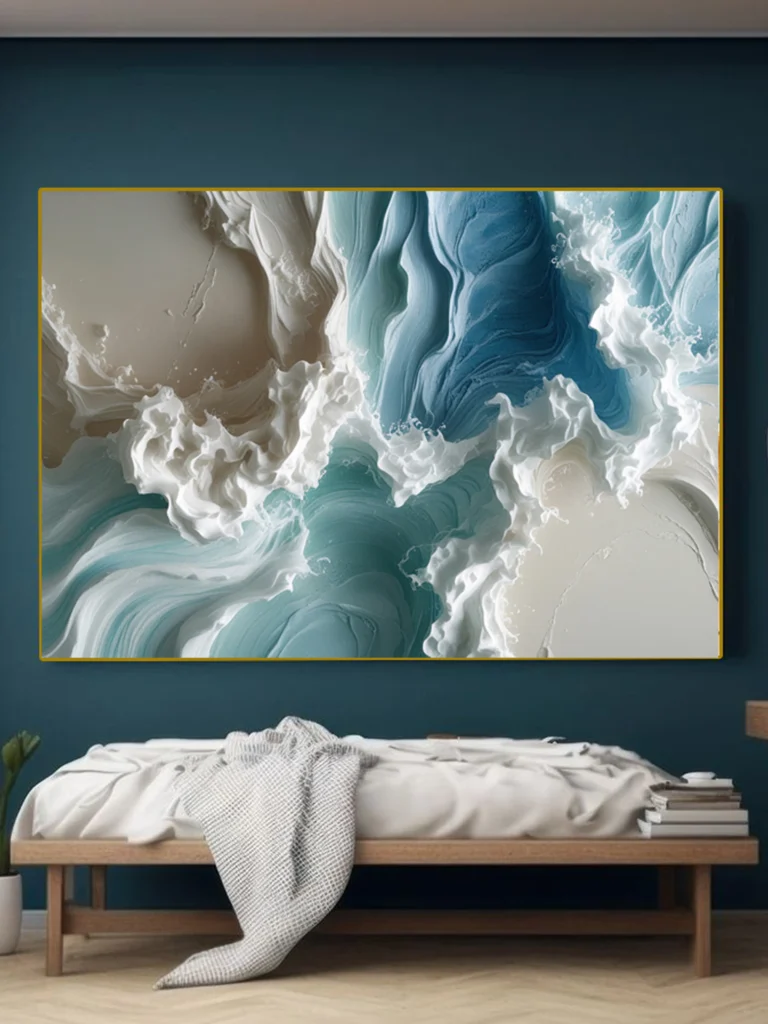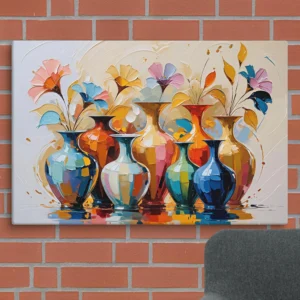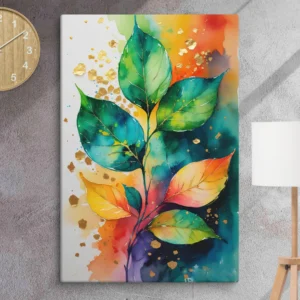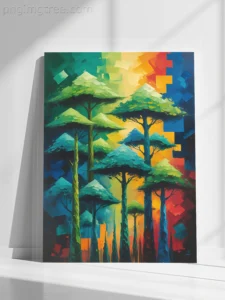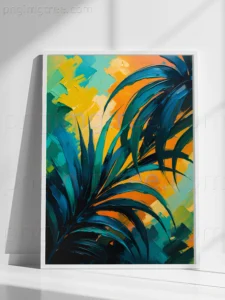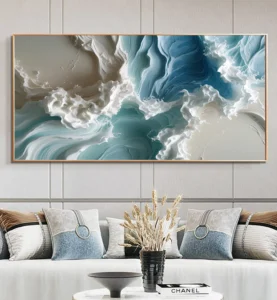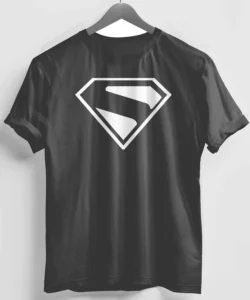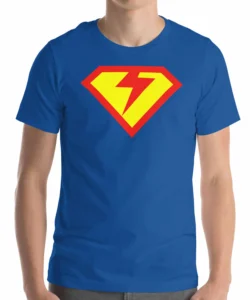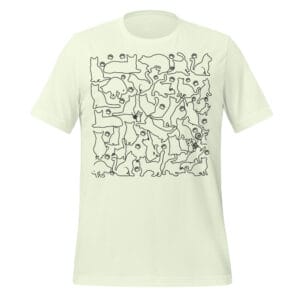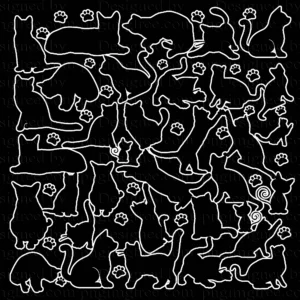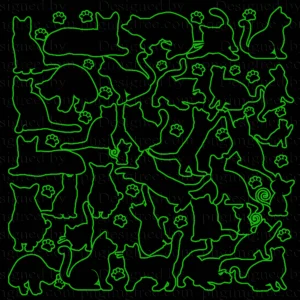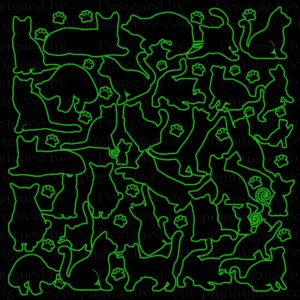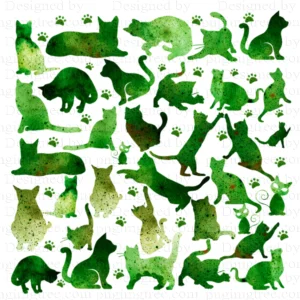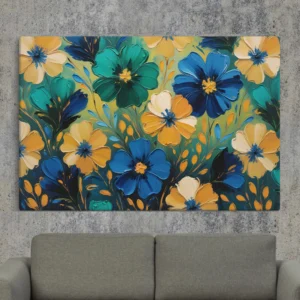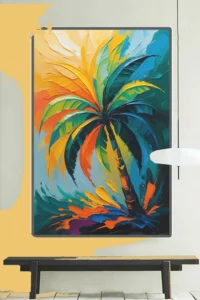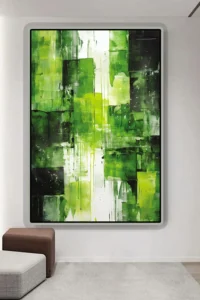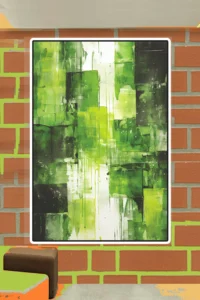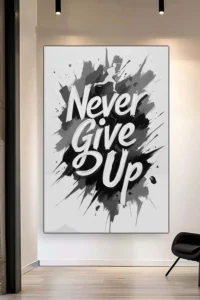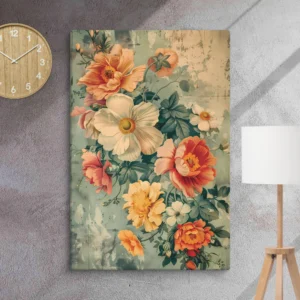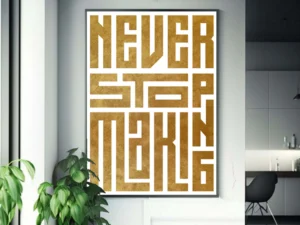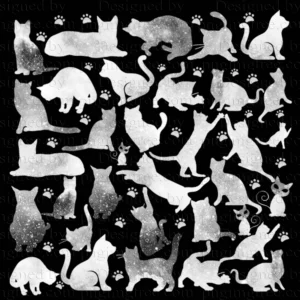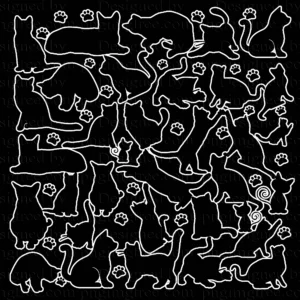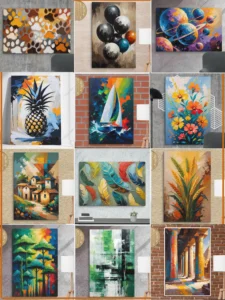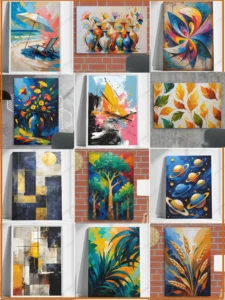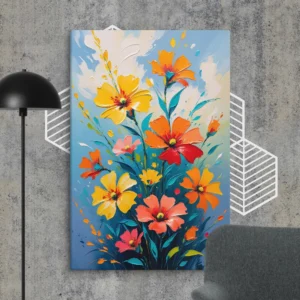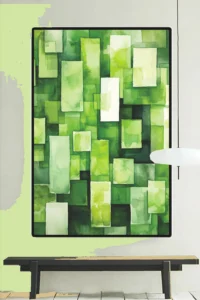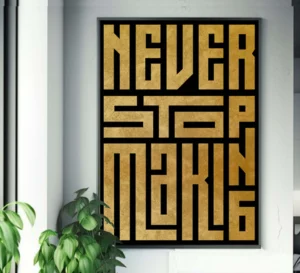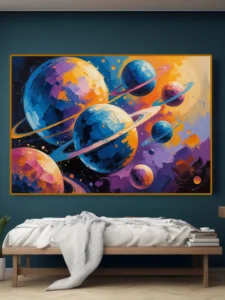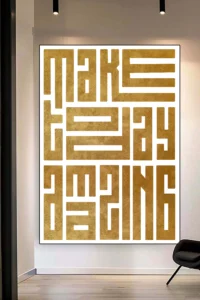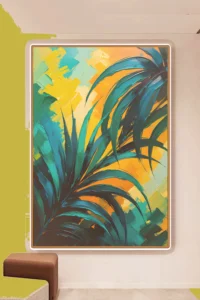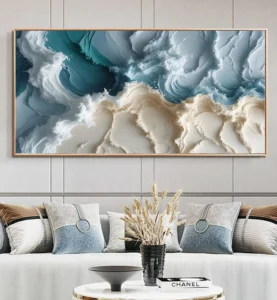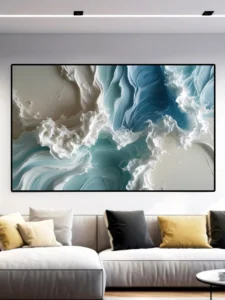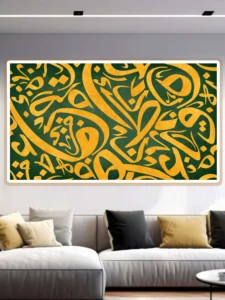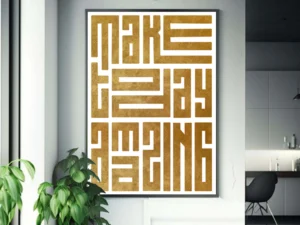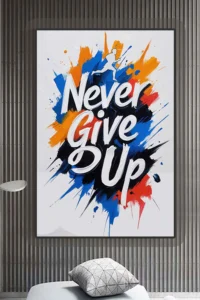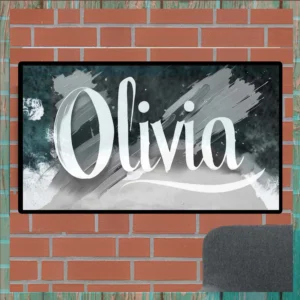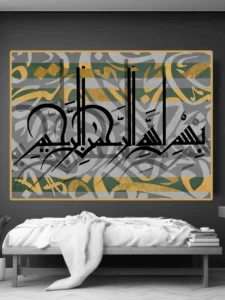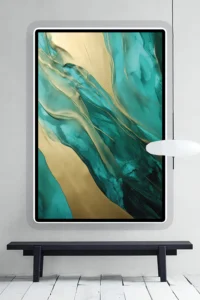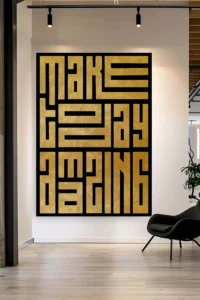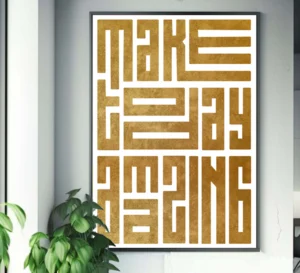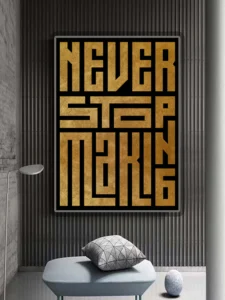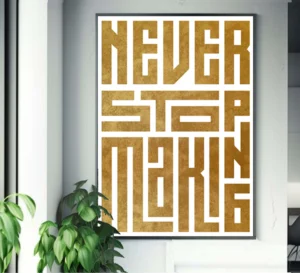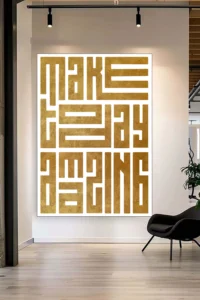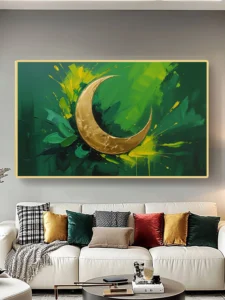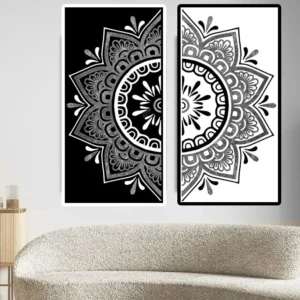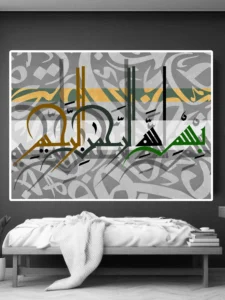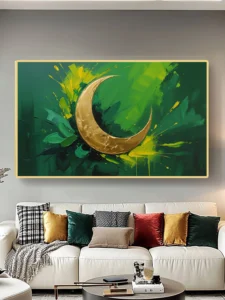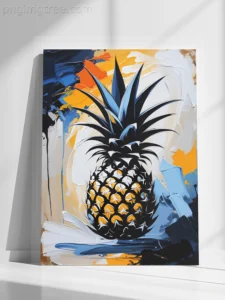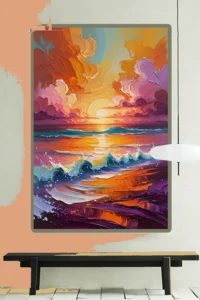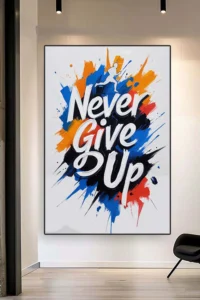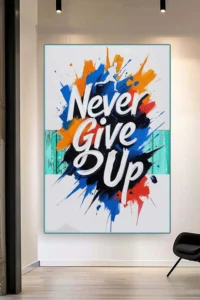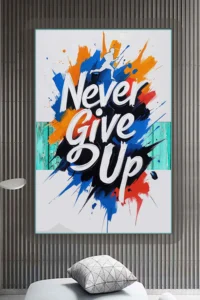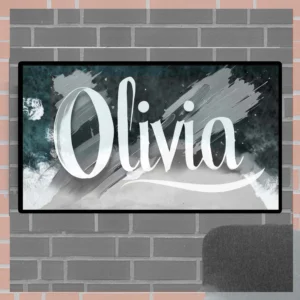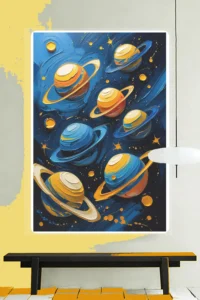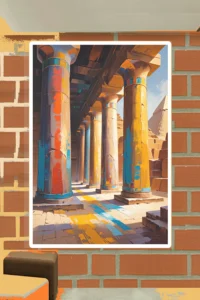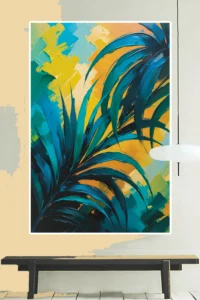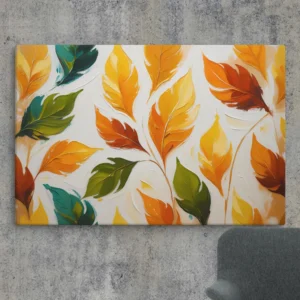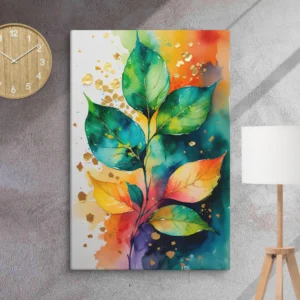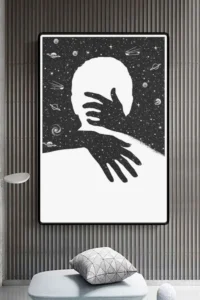Drawing for Wall - Canves Art

Blooms Flowers pattern
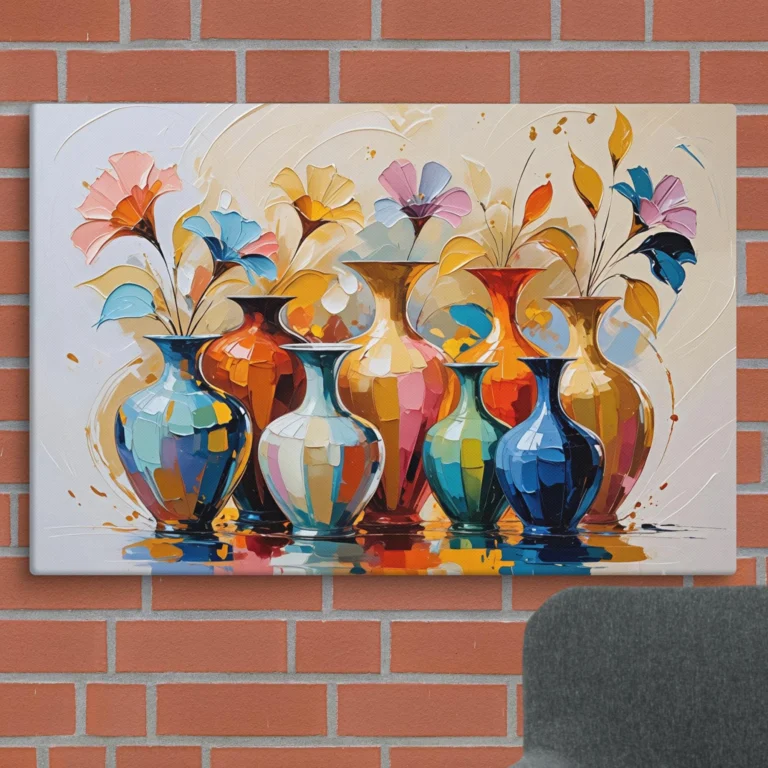
Flowers Vase Art Work
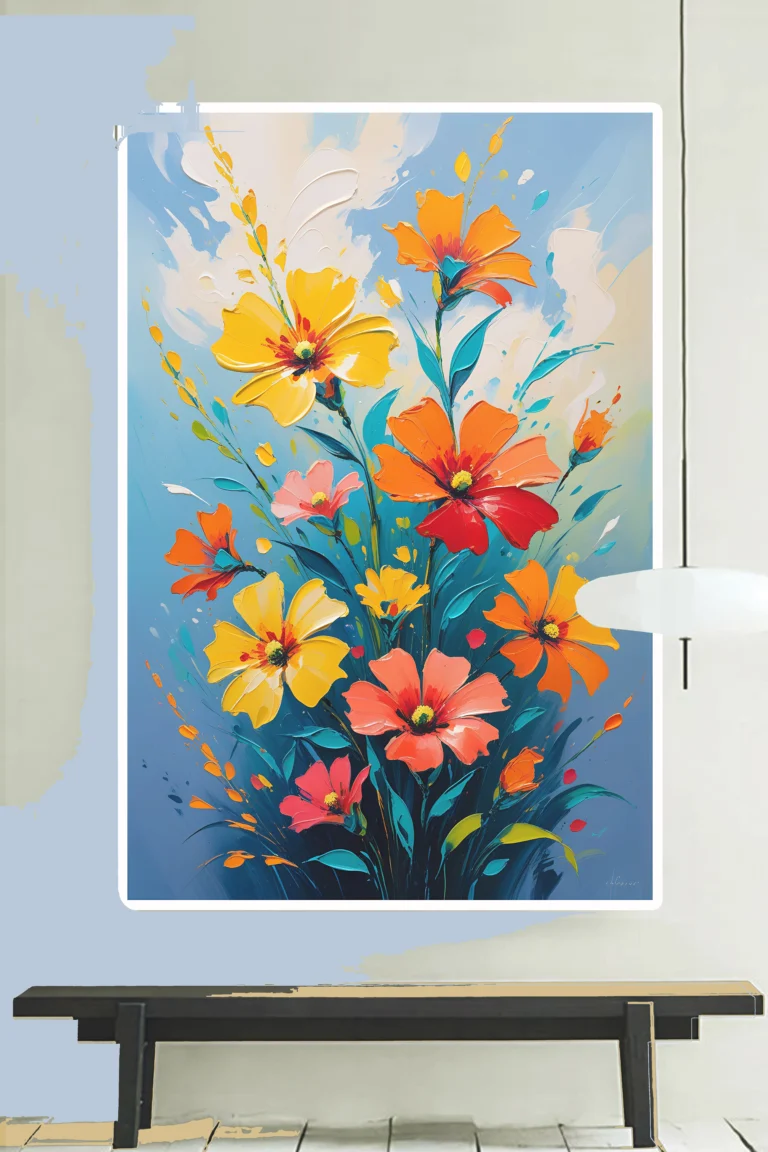
Flower and Sky Canvas Art

Abstract Space Planets
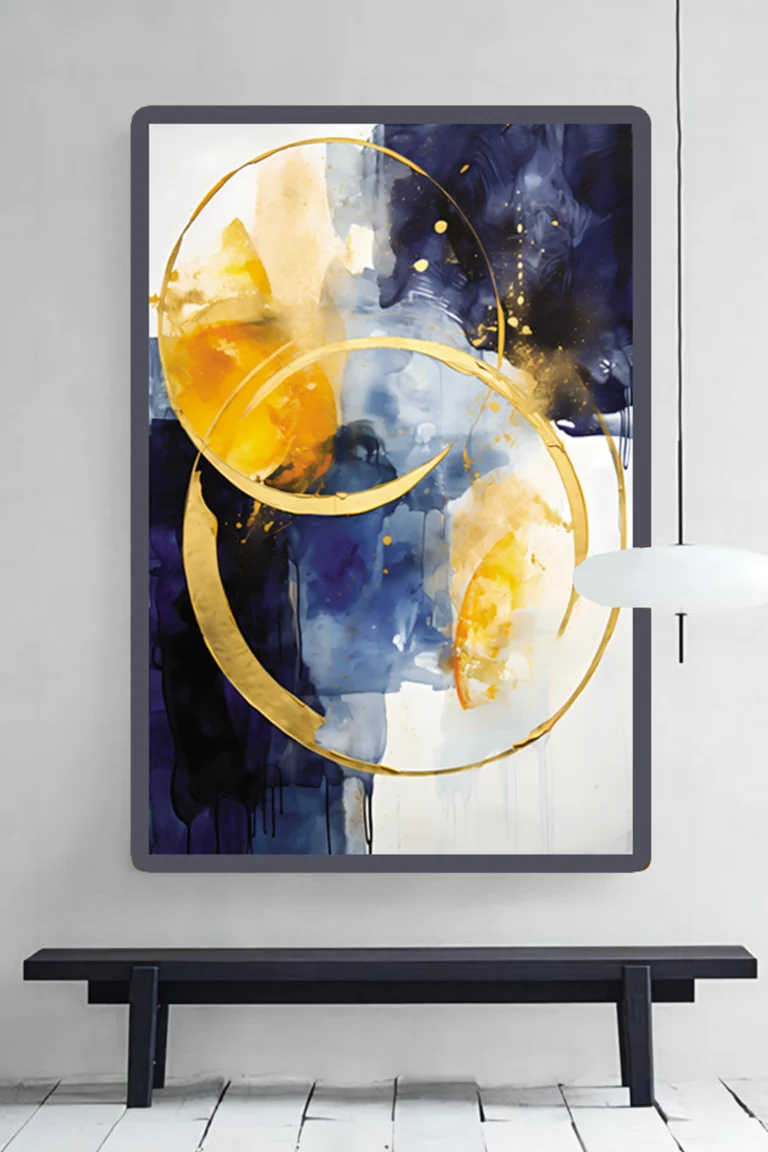
Modern Blue Gold
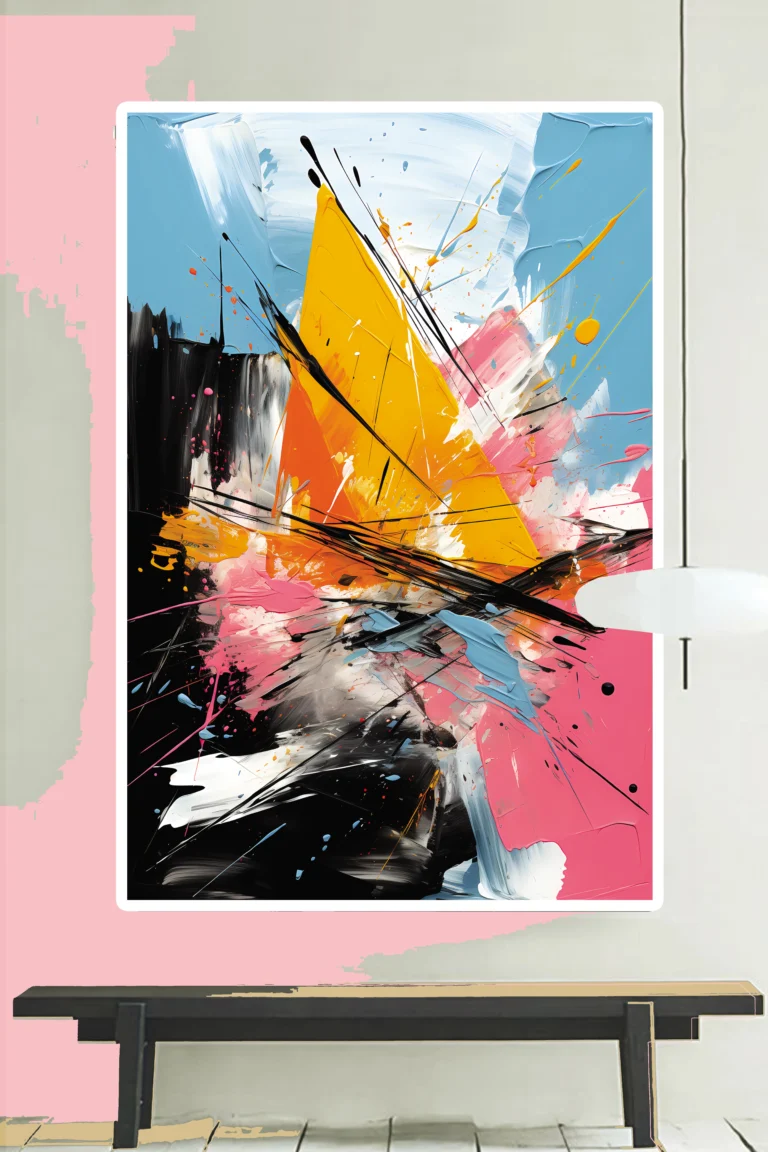
Abstract Colorful

Flowers Vase

Palm Tree
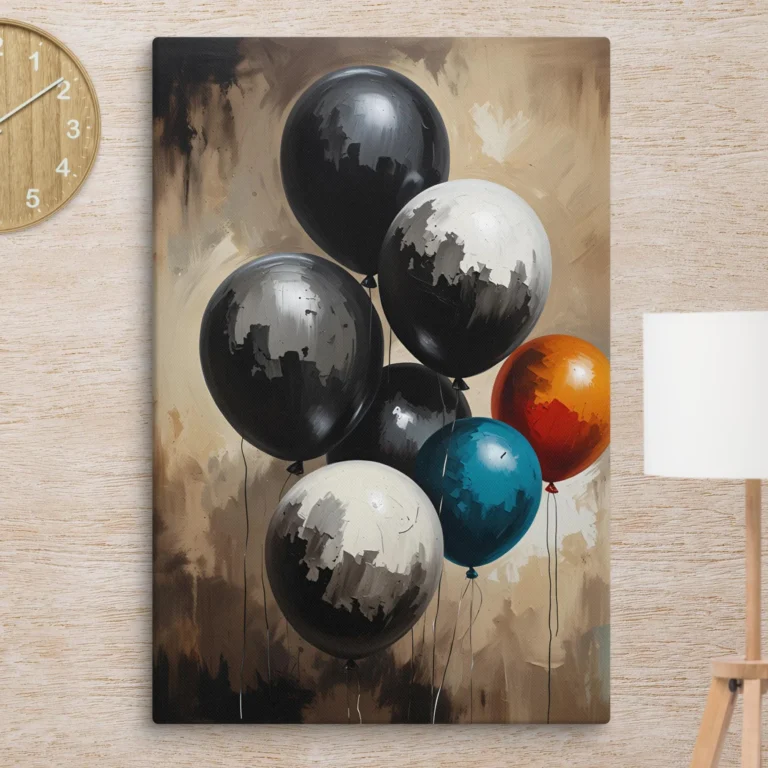
balloons
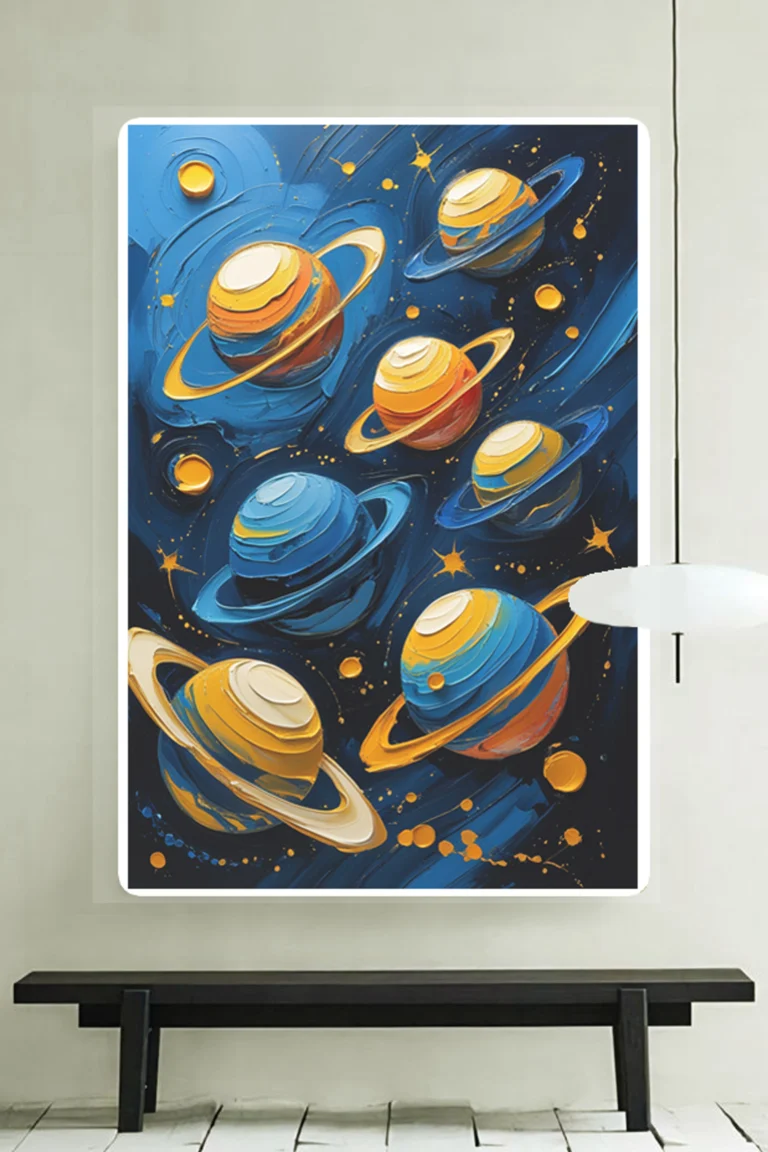
Abstract Planets
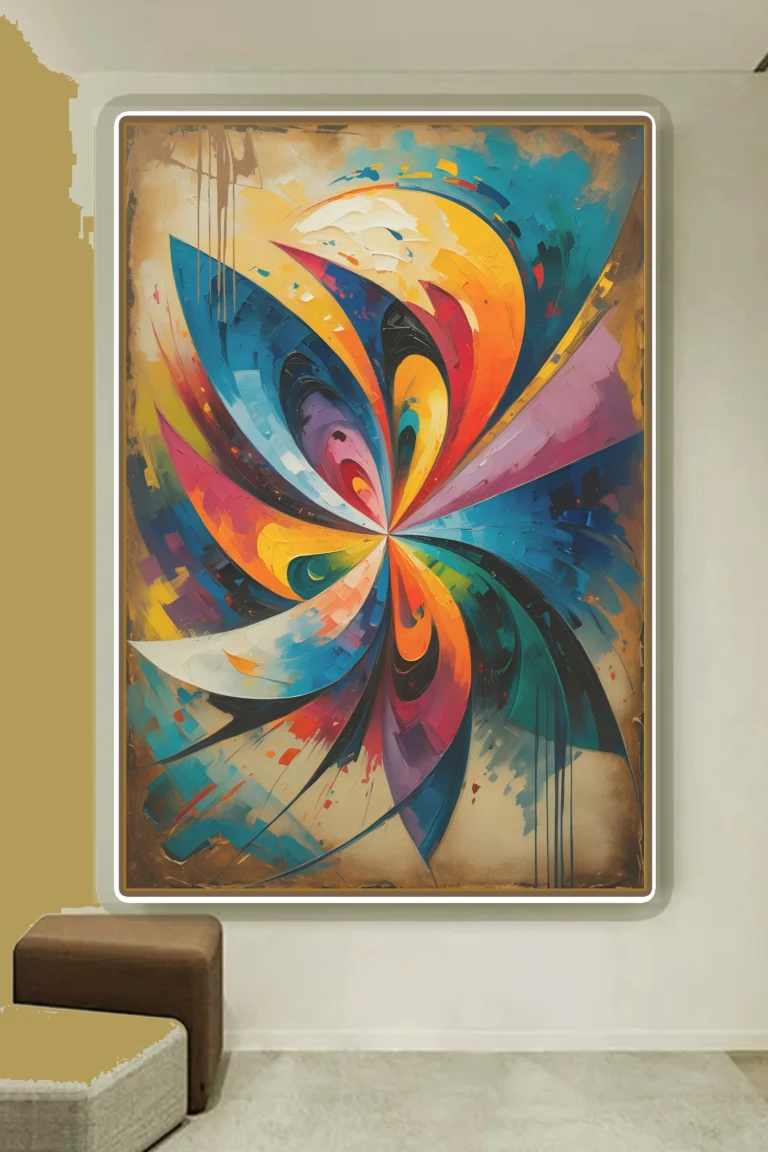
Colorful Geometric
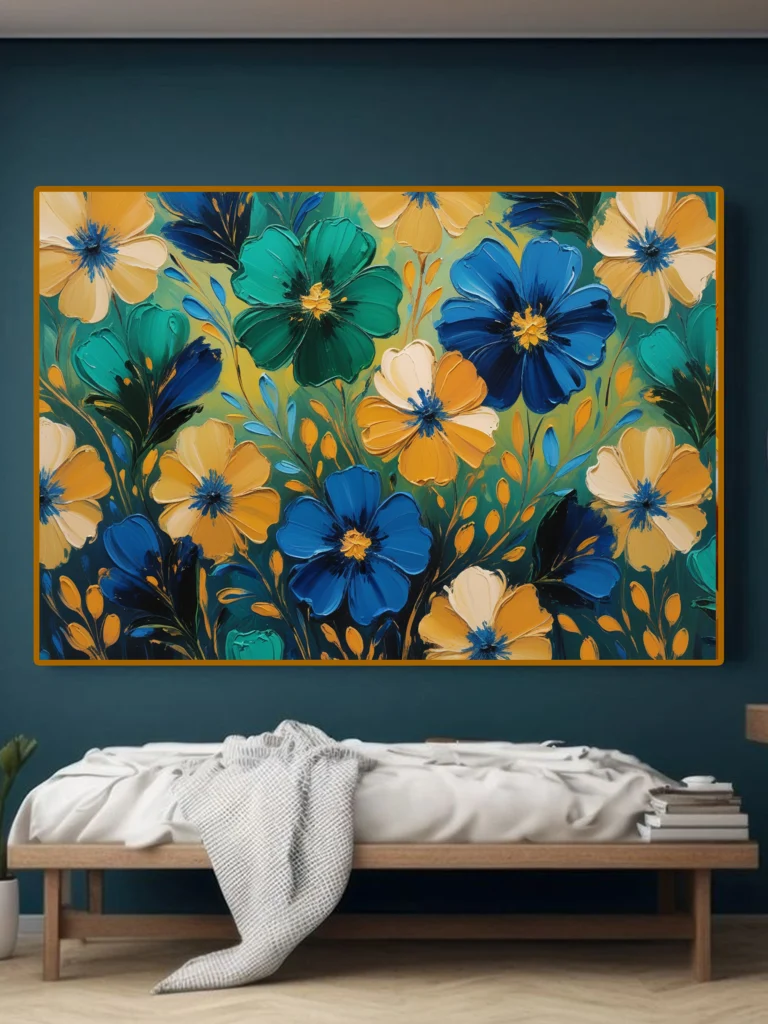
Flowers Pattern
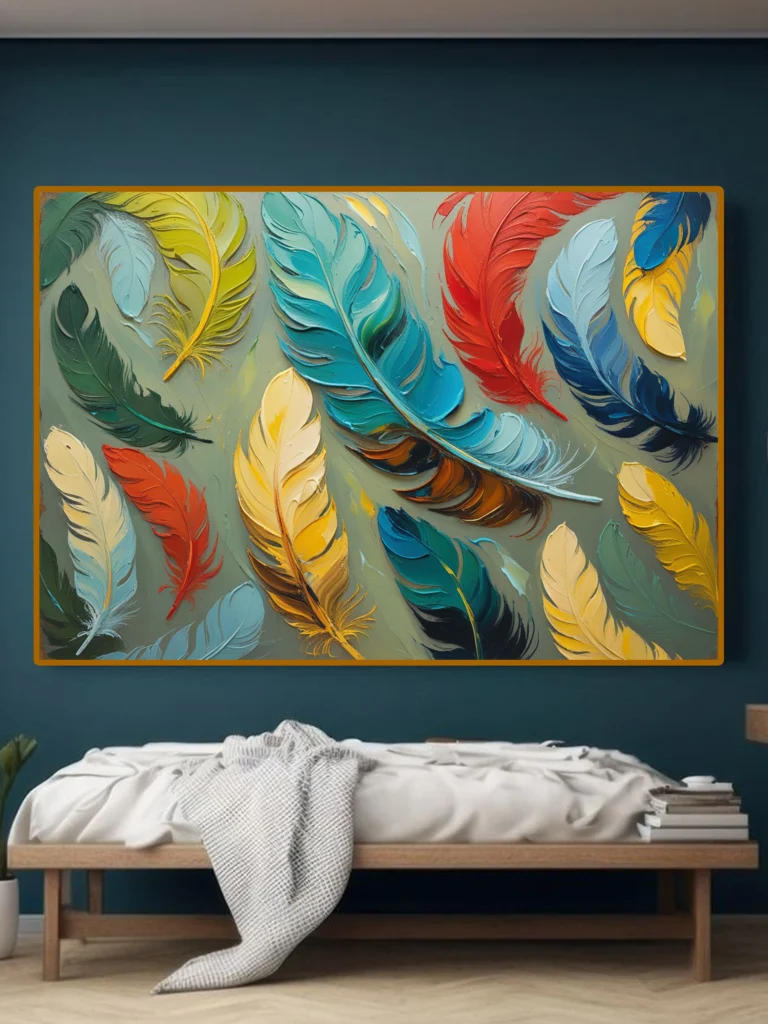
Abstract Feathers Pattern
Drawing for Wall: Creative Ideas to Transform Your Space
Are you looking to add a personal touch to your home or office? Drawing for wall is a fantastic way to express creativity, enhance aesthetics, and make a statement without expensive renovations. Whether you’re an artist, a DIY enthusiast, or a beginner, this guide will help you explore wall drawing techniques, styles, and step-by-step execution.
Why Choose Drawing for Wall?
1. Personalization
- Unlike generic wall art, hand-drawn designs reflect your unique style.
2. Cost-Effective Decor
- Requires minimal materials—just pencils, markers, or paint.
3. Flexibility
- Easily changeable compared to wallpaper or murals.
4. Therapeutic Benefits
- Drawing can be a relaxing, meditative activity.
Types of Drawing for Wall
| Style | Description | Best For |
| Doodle Art | Playful, spontaneous sketches | Kids’ rooms, creative spaces |
| Minimalist Line Art | Simple, elegant outlines | Living rooms, offices |
| Geometric Patterns | Symmetrical shapes & lines | Modern interiors |
| Botanical Illustrations | Leaves, flowers, vines | Bedrooms, bathrooms |
| Optical Illusions | 3D effects, surreal designs | Accent walls |
| Chalkboard Drawings | Temporary, erasable art | Kitchens, cafes |
Materials Needed for Drawing for Wall
1. Pencils & Erasers
- Sketch your design lightly before finalizing.
2. Markers & Pens
- Acrylic markers (permanent, vibrant)
- Chalk markers (erasable, great for rentals)
3. Paints
- Acrylics (opaque, fast-drying)
- Watercolors (soft, translucent effects)
4. Stencils & Guides
- Use projectors or grid methods for precision.
5. Sealant (Optional)
- Protects drawings from smudging (matte varnish recommended).
Step-by-Step Guide to Drawing for Wall
1. Plan Your Design
- Decide on a theme, size, and placement.
- Sketch on paper first or use a digital mockup tool.
2. Prepare the Drawing for Wall
- Clean with a damp cloth to remove dust.
- Apply a base coat if needed (white works best).
3. Transfer the Design
- Freehand (for confident artists)
- Projector (for complex designs)
- Grid method (scale up sketches accurately)
4. Start Drawing for Wall
- Begin with light outlines, then refine details.
- Work from top to bottom to avoid smudging.
5. Final Touches
- Erase pencil marks gently.
- Seal with a clear coat (if using paint).
Creative Drawing for Wall Ideas
1. Inspirational Quotes
- Use calligraphy or bold typography.
2. Nature Scenes
- Trees, mountains, or floating islands.
3. Abstract Shapes
- Free-flowing curves, dots, and splatters.
4. Black & White Sketches
- Timeless and easy to match with any decor.
5. Interactive Walls
- Chalkboard sections for changing doodles.
Temporary vs. Permanent Drawing for Wall
| Type | Pros | Cons |
| Temporary (Chalk, Pencils) | Easy to erase, renter-friendly | Less durable |
| Permanent (Acrylic, Markers) | Long-lasting, vibrant | Hard to remove |
Final Thoughts
Drawing for wall is an affordable, creative, and fulfilling way to personalize any space. Whether you prefer minimalist lines, bold murals, or whimsical doodles, the possibilities are endless.
Ready to start? Grab your favorite drawing tools and turn your blank walls into a masterpiece!

